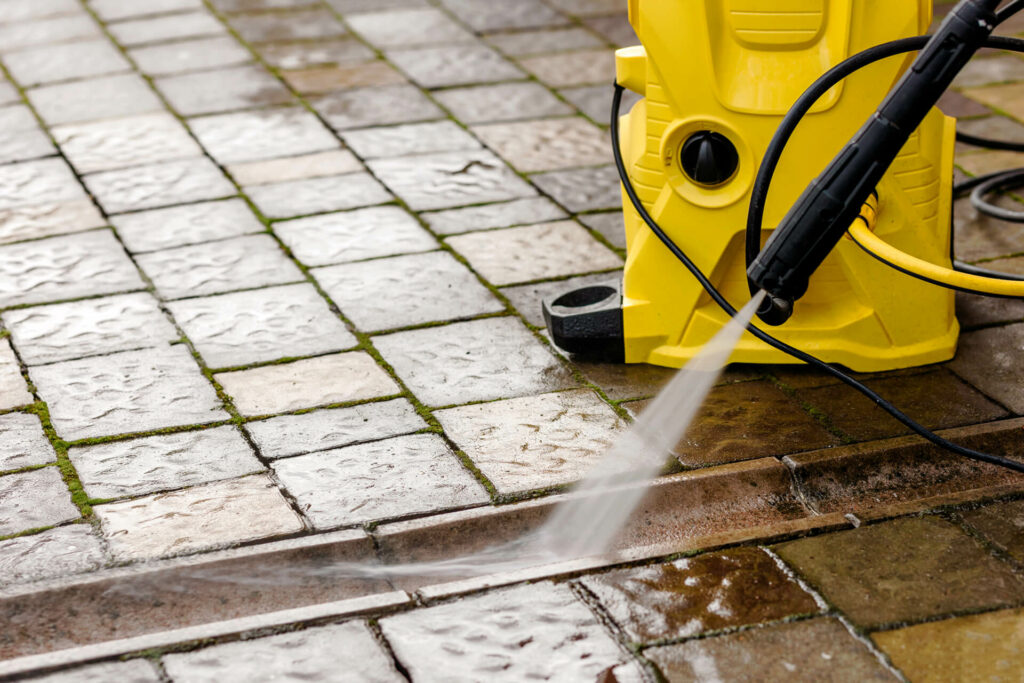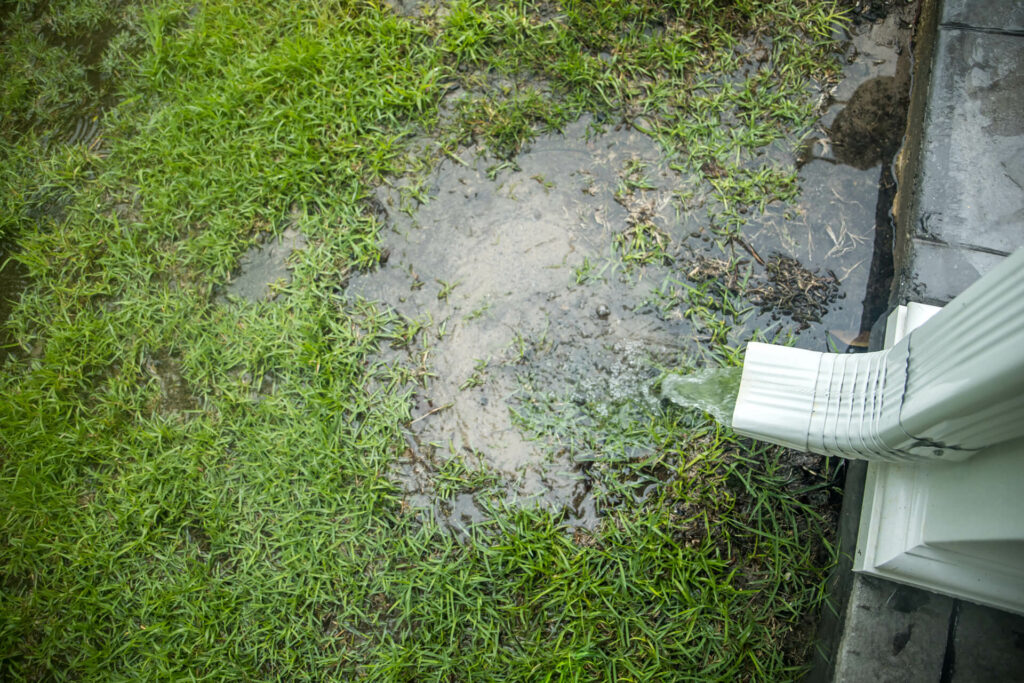Eavestrough vs gutter? If you don’t know the difference you are not alone. Both seem to describe the same thing, but there are subtle distinctions that homeowners should be aware of.
What is an Eavestrough?
An eavestrough, as the name suggests, is a trough located beneath the eaves of a home. Its primary function is to collect rainwater and direct it away from the house, preventing potential damage. Think of it as a shield, protecting your home’s walls and foundation from the relentless onslaught of rainwater.
How is That Different From a Gutter?
On the other hand, the term “gutter” is broader. It refers to any channel designed to carry away rainwater. This could be the familiar troughs on our homes or even the channels on our streets. So, in essence, while all eavestroughs are gutters, not all gutters are eavestroughs. It’s a bit like saying all thumbs are fingers, but not all fingers are thumbs.

Eavestrough vs Gutter Regional Differences
Interestingly, the terminology can change based on where you are. In Canada, “eavestrough” is the preferred term, while our neighbours to the south lean toward “gutter.” But regardless of the term, the function remains crucial.
Importance of Eavestroughs & Gutters in Home Maintenance
Both eavestroughs and gutters play a pivotal role in maintaining the structural integrity of your home. By directing water away, they prevent potential hazards like mould growth, wall stains, and even foundation damage. But it’s not just about functionality; it’s also about aesthetics. A well-maintained gutter system can enhance the curb appeal of your home.
Common Issues and Maintenance Tips
Like all parts of a home, rain gutters require regular maintenance. Ensure they are free from debris like leaves, dirt, pine needles or cones, which can cause blockages. Also, keep an eye out for signs of wear and tear, such as sagging, cracks or leaks. If you notice any issues, consult a professional like us for eavestrough repairs or replacement before minor problems escalate.
In the grand scheme of home maintenance, understanding the difference between eavestrough vs gutter may seem trivial. However, it’s important to know that the entire gutter system, not just the eavestroughs, requires regular upkeep to keep water away from your roof, as well as the foundation. With this knowledge, comes the power to ensure our homes remain in top condition, rain or shine.
Another important thing to check, while unrelated to gutter, is the grading around your house. If you notice water pooling up in the yard or flowing towards your home, you will need to re-grade it to prevent water damage to your foundation.

Frequently Asked Questions
Not exactly. While all eavestroughs are gutters, not all gutters are eavestroughs.
Regular cleaning prevents blockages and avoids water damage.
It’s a good practice to inspect them at least twice a year, preferably during spring and fall.
While it’s possible, it’s always best to consult a professional to ensure proper installation.
Common materials include aluminum, steel, and vinyl. Each has its pros and cons.
With proper maintenance, gutters can last anywhere from 20 to 40 years.
Their main function is to direct rainwater away from your home, protecting it from potential water damage.


